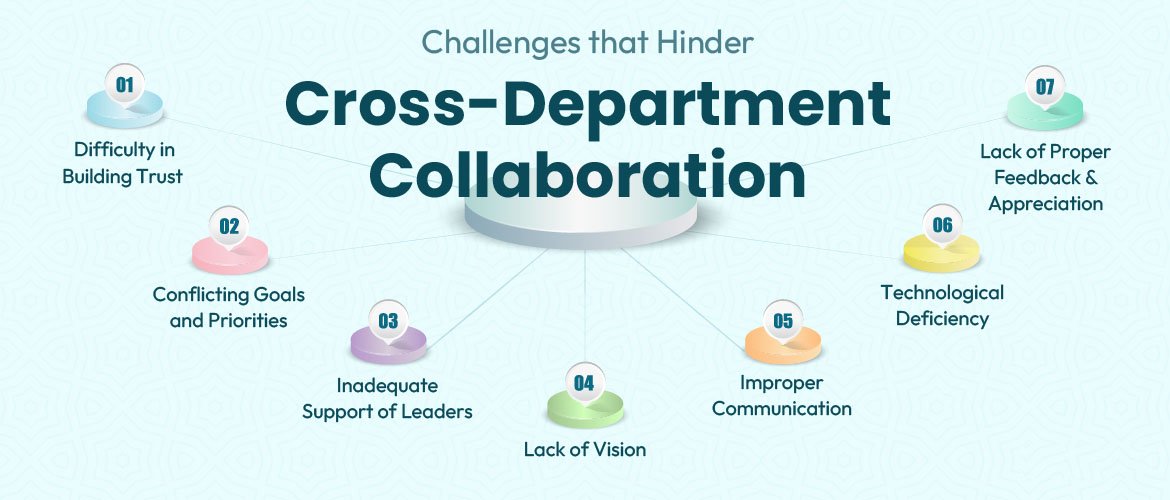Cyber Security in Business: Real-World Examples and Case Studies
Introduction
In the modern digital era, cyber security has become paramount for businesses of all sizes and industries. As organizations increasingly rely on technology to streamline their operations, the potential risks and threats posed by cybercriminals have also escalated. In this blog, we will delve into real-world examples and case studies that shed light on the significance of cyber security in protecting businesses and mitigating potential cyber-attacks.
The Equifax Data Breach
One of the most infamous cyber attacks in recent history was the 2017 Equifax data breach. This incident compromised the personal information of over 147 million people. The breach occurred due to a vulnerability in their web application framework. This example highlights the need for robust security measures, regular software updates, and comprehensive penetration testing to identify and rectify potential weaknesses before malicious actors exploit them.
The NotPetya Ransomware Attack
In 2017, the NotPetya ransomware attack targeted businesses worldwide, causing billions of dollars in damages. The malware infected systems through a compromised software update. Many organizations, including shipping giant Maersk and pharmaceutical company Merck, suffered severe disruptions to their operations. This case emphasizes the importance of supply chain security and verifying the integrity of software updates before implementation.
Target Corporation's Point-of-Sale Breach
In 2013, Target Corporation experienced a significant data breach that affected more than 40 million customers. Cybercriminals infiltrated the retailer's network through a third-party HVAC contractor, exploiting weak access controls. This incident underlines the critical role of third-party risk management and the importance of regularly reviewing and fortifying access controls to safeguard sensitive data.
The WannaCry Ransomware Outbreak
The WannaCry ransomware attack in 2017 targeted thousands of organizations worldwide, encrypting data and demanding ransom payments. It exploited a vulnerability in outdated Windows systems. This example emphasizes the significance of timely software updates and the adoption of robust cyber security practices to prevent and mitigate large-scale attacks.
Conclusion
The cyber security landscape is constantly evolving, and businesses must remain vigilant to protect themselves and their customers from threats. Learning from real-world examples and case studies can provide valuable insights into the ever-changing tactics employed by cybercriminals. Implementing comprehensive security measures, conducting regular vulnerability assessments, and fostering a culture of cyber awareness among employees are crucial in safeguarding businesses against cyber threats. Organizations can thrive in a safer and more secure business environment by taking proactive steps to secure their digital assets. If you want to know more About cyber security you can visit the JIET Universe campus.

















